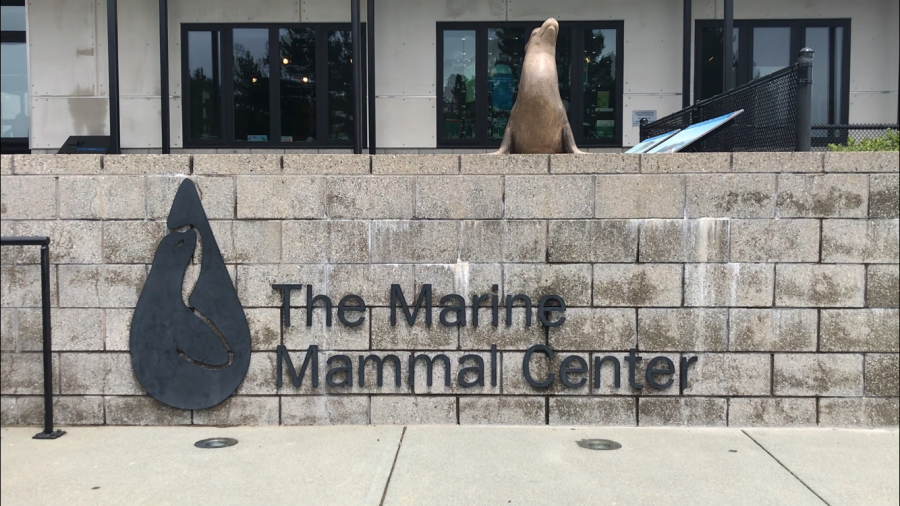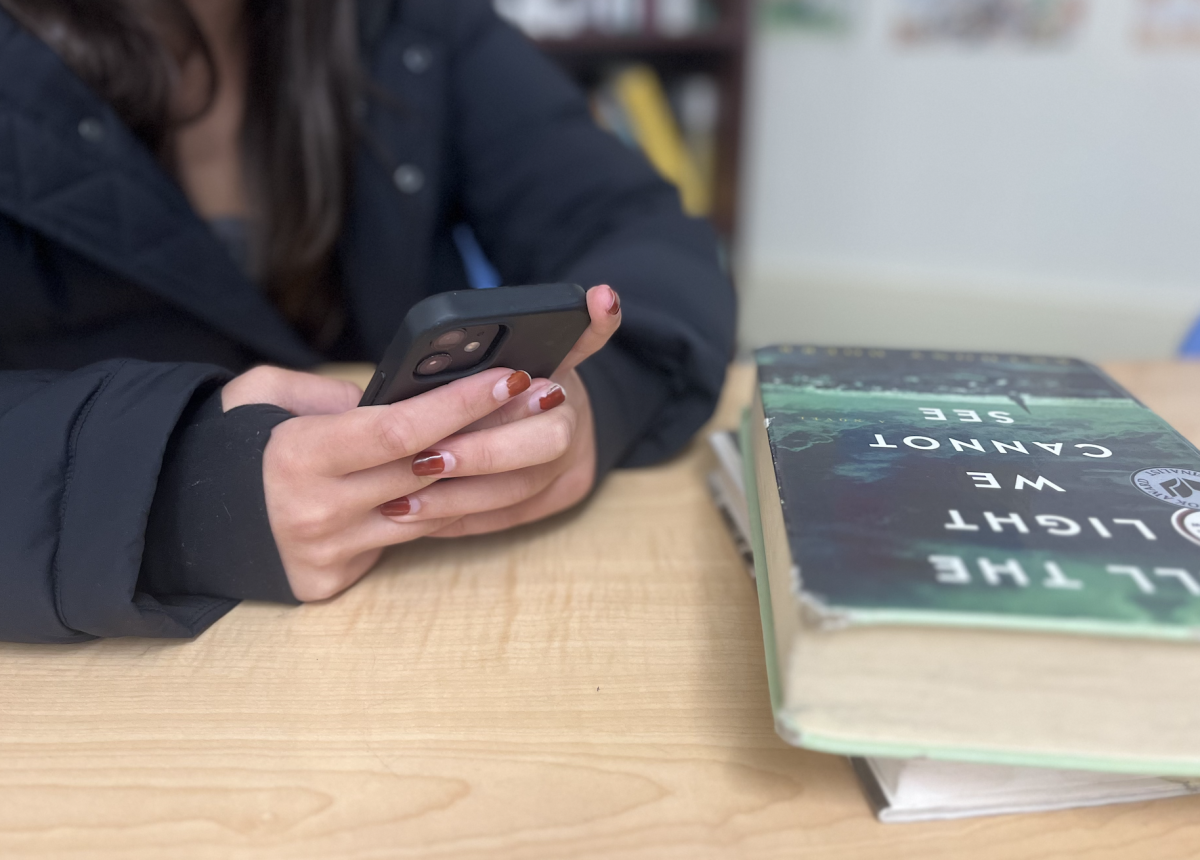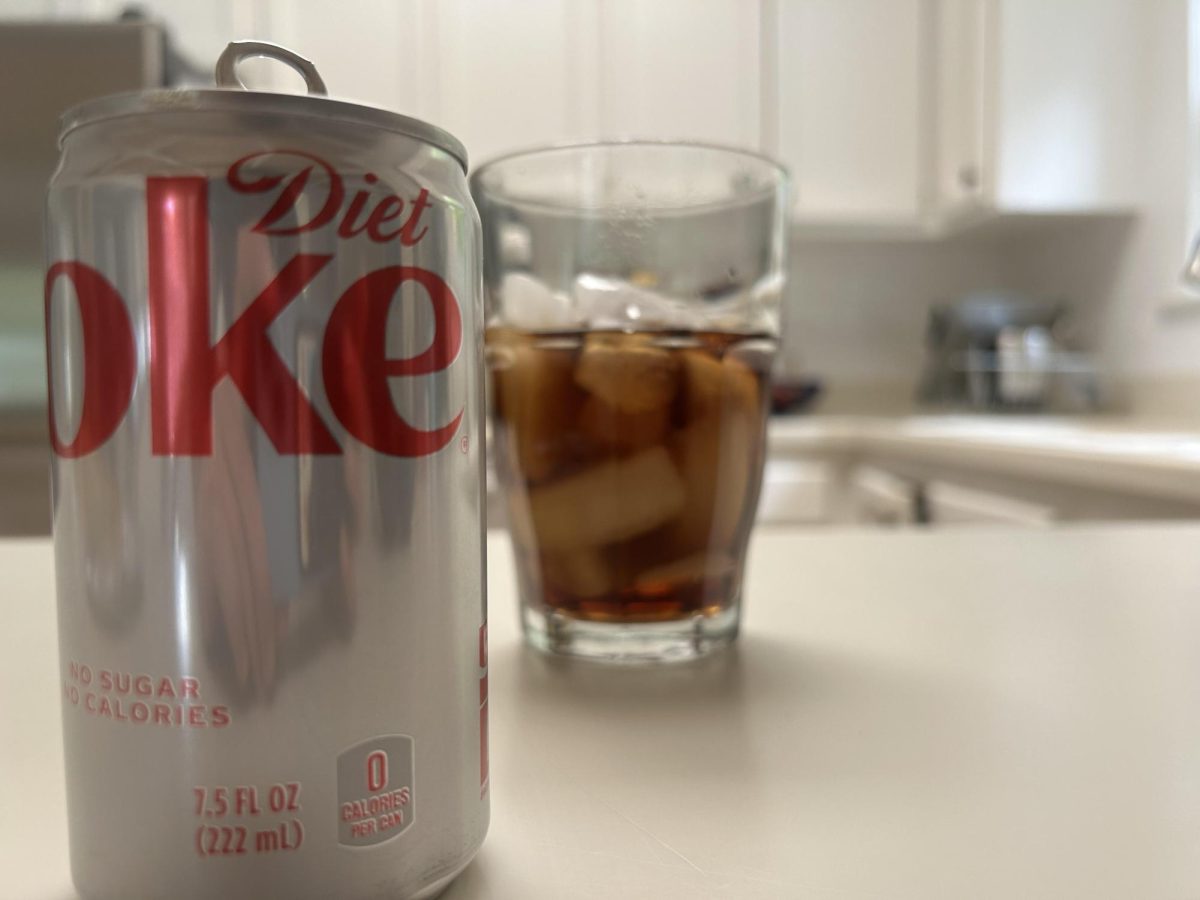The once golden sand on the beach no longer glistened, but instead rested heavily, darkened from the pouring rain. As time passed, there seemed to be a decreasing amount of visibility on the beach, with the amount of trash visible on the sand decreasing. The surface of the beach now looked almost clean with the previously placed trash having been swept out to sea, and on overly rainy or windy days this is a danger that faces oceans and the marine life which inhabits them.
The issue of plastics in the ocean is commonly seen, yet there is limited action on preventing plastics from making it into the ocean. Lori Gerstenfeld, Redwood junior and member of Redwood’s environmental action club, explains the simple reason that so much recyclable or compostable trash is not handled properly.
“High school kids don’t take the time to think about where their trash is going and just throw it down because that is easier,” Gerstenfeld said.
This lack of care for the environment can have further consequences on the wildlife that inhabit it, and not recycling or taking care of plastics properly can unnecessarily harm creatures.
“The fact that we are so close to the bay and to the ocean makes [the plastics in Marin so harmful to the environment]. What is bad about having so much litter here is that we have the seagulls, we have them consuming our plastics and can easily run into the bay or the ocean and cause problems,” Gerstenfeld said.
The majority of the human race encounters plastics every day, but what people do with the plastics after consumption is still a concern to many. A fair amount of it is being taken out to sea, masses of trash, including plastics, such as the Great Pacific Garbage Patch, can be formed and harm its surrounding environment.
Ginger Gmahling, a member of the Surfrider Foundation, helped to organize a Surfrider beach clean up on May 18 at Stinson Beach, where volunteers and members of the foundation can come together to help keep the beaches clean to avoid more trash being spewed into the ocean.
“Plastics are becoming increasingly more serious, to where we are looking at a couple of serious statistics, one is that we could actually have more plastic in the ocean than fish by 2050 at the rate that we are going,” Gmahling said.
As well as protecting aquatic life, the ocean itself provides jobs and food globally, and also helps to keep the planet clean and its inhabitants healthy.
“The primary reason to keep the beaches clean is the impact it has on the ocean, and a lot of people do not realize that we get up to 60 percent of our oxygen from the ocean, so it is critical that we keep our oceans healthy for our own well being,” Gmahling said.
Another issue that poses a considerable threat to oceans and marine life is oil drilling along the coast, which directly affects Californians since California has the fifth largest coastline in America. Lily Carbullido, one of the presidents of Redwood’s Surfrider club is heavily against oil drilling, especially on the California coastline.
“The Trump administration wants to put in some new offshore oil drilling, and 90 percent of the California coast would be open to offshore oil drilling, which is really bad for the oceans and our environment. It pollutes the water, it kills ecosystems, and it is really unsafe for [people] to be in the water,” Carbullido said.
However, as much as a threat as oil drilling to marine life, plastic is more common and can impact the daily life of most people. It also poses a risk to all marine life and could be helped by citizen efforts. If people chose not to use plastics and put pressure on companies to change how they packaged materials then maybe plastics consumption could be reduced. Adam Ratner, the guest experience manager at the Marine Mammal Center, understands the risks of plastics in the ocean and has seen how it can harm marine life firsthand.
“Each year the Marine Mammal Center is going to rescue between 700 and close to 2000 animals, but that does not mean that all of them are being harmed by plastic. Each year around 80 to 100 of those animals can be directly due to people and that is the issue of entanglement, plastics, ingestion of plastics or things like harassment,” Ratner said.
That means that up to one in seven animals rescued by the Marine Mammal Center in a year could be related to or inflicted by people and plastics. However, there is still hope to change these issues and it can start with the individual. From choosing to bring a reusable bag shopping or cutting up a plastic six-pack ring before throwing it every, every little action can really help.
“We know that the trash that is out in the ocean is predominantly plastics, like 90 percent of it, and the problem with plastic is that it lasts forever, so any time we can reduce our use of plastics, when we are at the store and identifying opportunities to buy other types of products whether it is glass, wood, aluminum, is going to make a big difference,” Ratner said.







